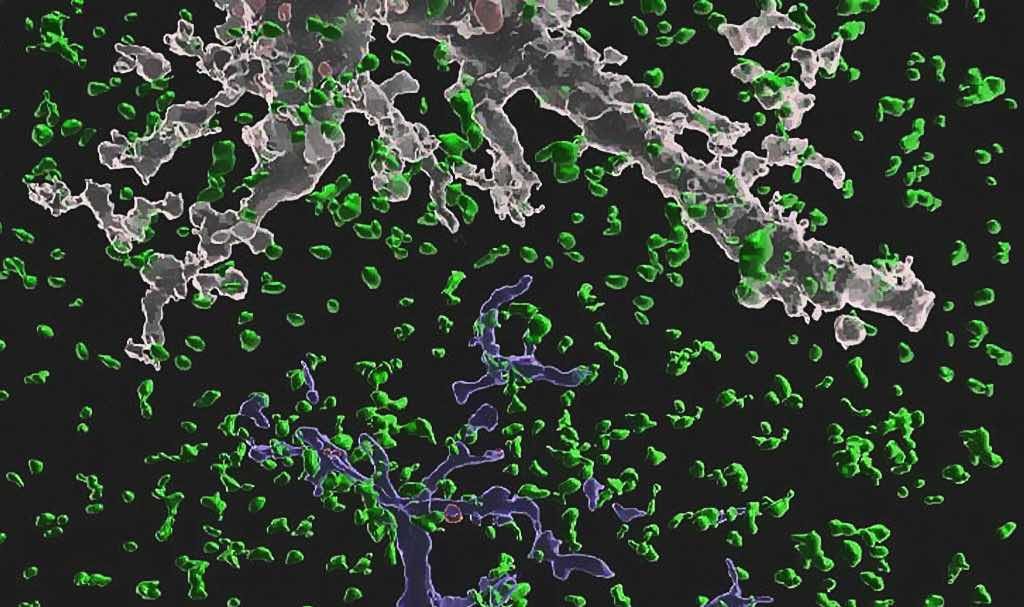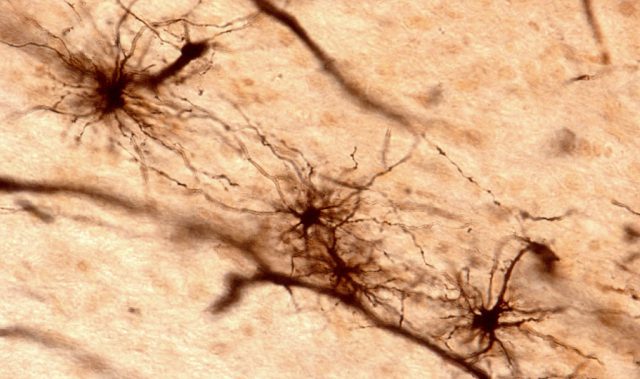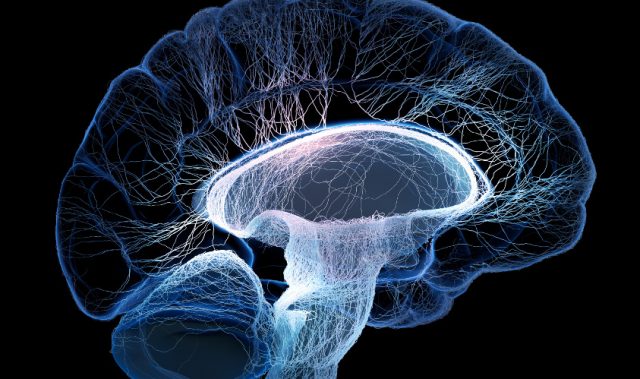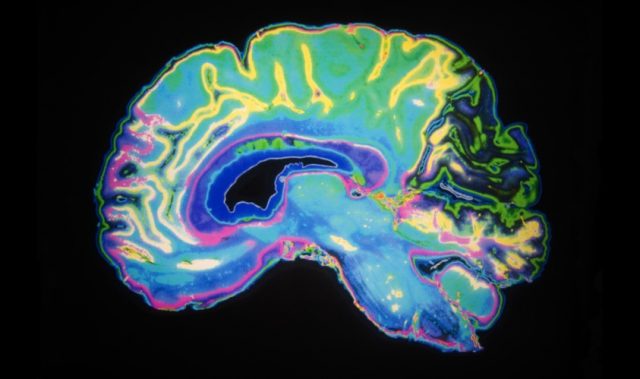
AsianScientist (Aug. 4, 2021) – As trillions of synaptic connections form between neurons in the adult brain, supporting cells called astrocytes clear up the clutter. By removing unnecessary synapses, these cells help maintain the neural circuitry needed for learning and memory processes, reported scientists from South Korea in Nature.
To learn new information or master a skill, repetition is key, signaling the brain to remember such crucial information. During this process, synapses sprout and are strengthened, serving as junctions for neurons to communicate with each other.
However, synapses that are deemed not as important to current learning activities are typically removed by the brain. Researchers long thought that microglia, the brain’s frontline immune cells, were the main synaptic sweepers, eating the synapses through a process called phagocytosis. But studies also revealed that star-shaped cells called astrocytes pruned the synaptic connections in developing brains.
To understand clean-up efforts in the adult brain, a team from the Korea Advanced Institute of Science and Technology (KAIST), Korea Brain Research Institute and Daegu Gyeongbuk Institute of Science and Technology used molecular sensors to detect phagocytosed synapses in mice models.
In a finding that challenged popular belief, they discovered that astrocytes were the stars of the show, eliminating excessive connections. The molecular sensors lit up with different signals for phagocytosed and intact synapses, allowing the researchers to quantify the extent of synapse elimination.
Interestingly, not only did astrocytes remove much greater numbers of synapses than microglia, but significantly more excitatory connections than inhibitory ones were removed by either cell.
While inhibitory synapses dissuade a neuron from sending an electrical signal, excitatory synapses trigger the signals to be passed along. The proper balance of excitatory to inhibitory synapses is key in memory and plasticity, or how brain circuits adapt to new information.
Since changes in synapse number are linked to neurological diseases, the researchers further explored the role of synapse elimination in regulating brain functions. After knocking out a gene that allows the astrocytes to remove synapses, the mice’s brains flared up with excessive connectivity. Amid the clutter of impaired synapses, the researchers found reduced signal transmission through the junctions, hampering long-term plasticity and memory formation.
While the study focused on a brain region for learning and memory, rates of synapse removal likely vary across neural circuits to maintain normal connectivity patterns. According to corresponding author and KAIST Assistant Professor Chung Won-Suk, the team aims to explore synapse elimination in other circuitries, as it could hold clues to neurological disorders like schizophrenia and dementia.
“Our findings have profound implications for our understanding of how neural circuits change during learning and memory, as well as in diseases,” shared Chung. “It is intriguing to postulate that modulating astrocytic phagocytosis to restore synaptic connectivity may be a novel strategy in treating various brain disorders.”
The article can be found at: Lee et al. (2020) Astrocytes Phagocytose Adult Hippocampal Synapses for Circuit Homeostasis.
———
Source: Korea Advanced Institute of Science and Technology.
Disclaimer: This article does not necessarily reflect the views of AsianScientist or its staff.












